Entering into US session, Sterling is undoubtedly the weakest one as Brexit chaos continue. UK PM May confirmed that she is seeking Article 50 extension till June 30. And she intends to have the third meaningful vote on her Brexit deal. At the same times, it’s reported that EU would only approve extensions till May 23. And most importantly, we’d repeat our doubt that even with an extension, and another MV, would the deal get through the Commons? If not, then what’s next? There is no answer.
Staying in the currency markets, Kiwiis second strongest weakest. Canadian Dollar is the third weakest as WTI is back below 59 after failing to take out 60 key resistance zone. Swiss Franc, Euro and Aussie are the strongest ones.
Looking ahead, FOMC rate decision, economic projections and press conference are the main focus of the day. Here are some previews.
In Europe:
- FTSE is up 0.20%.
- DAX is down -1.43%.
- CAC is down -0.19%.
- German 10-year yield is down -0.008 at 0.091.
Earlier in Asia:
- Nikkei rose 0.20%.
- Hong Kong HSI dropped -0.49%.
- China Shanghai SSE dropped -0.01%.
- Singapore Strait Times dropped -0.41%.
- Japan 10-year JGB yield rose 0.0092 to -0.036.




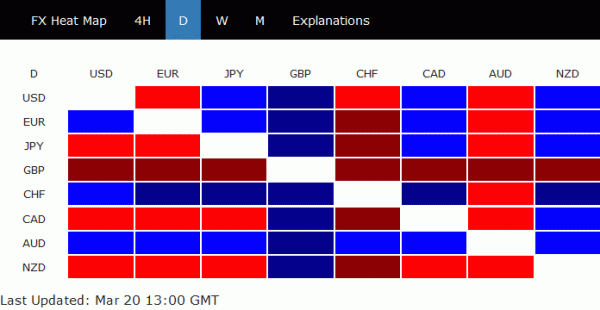
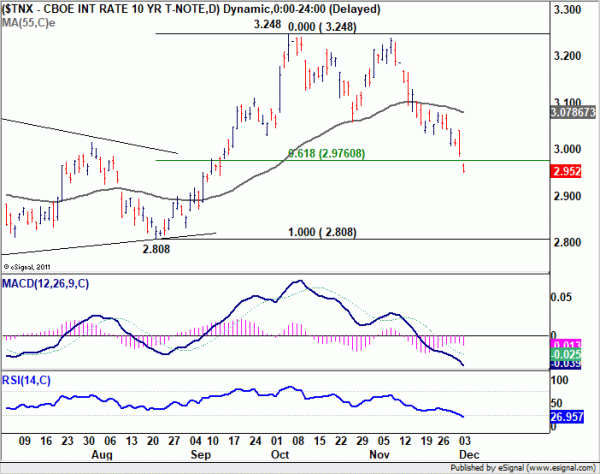

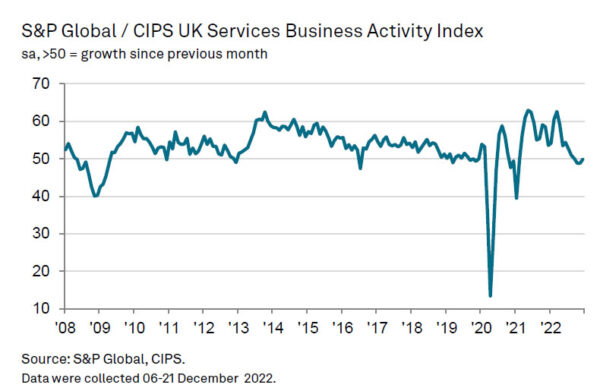
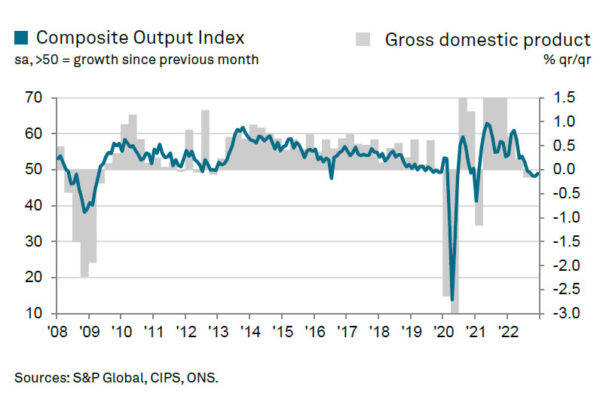
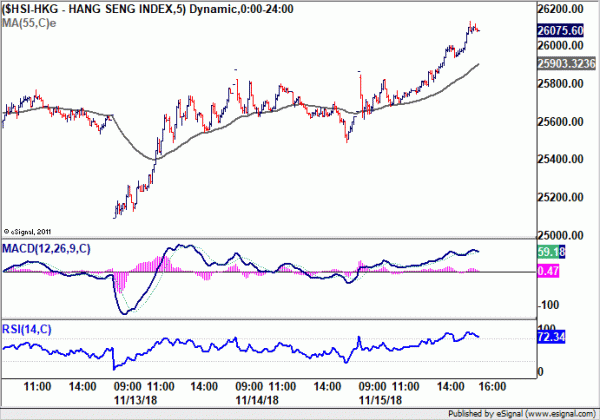
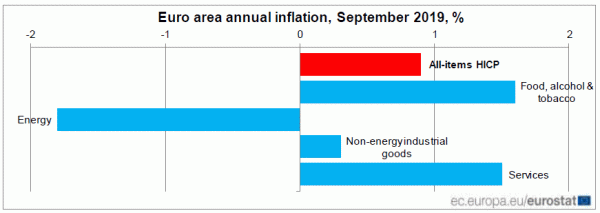
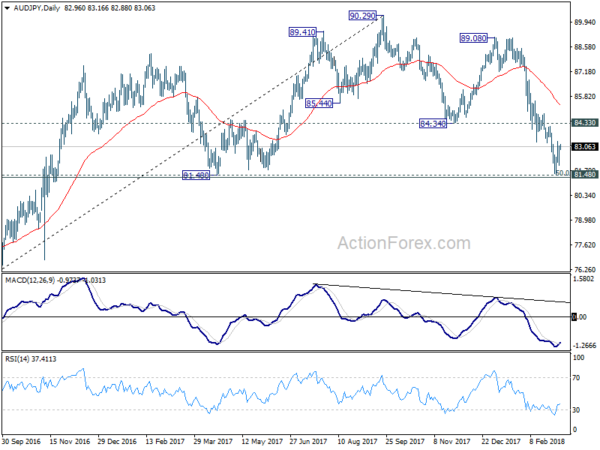
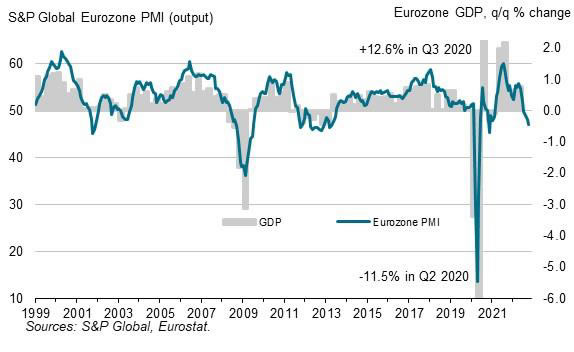
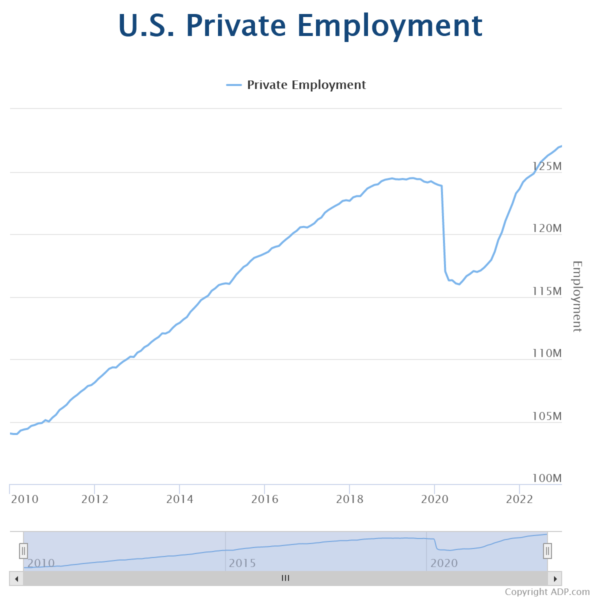
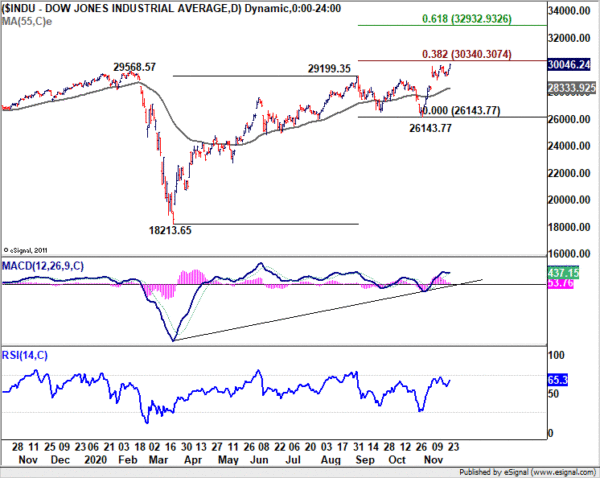
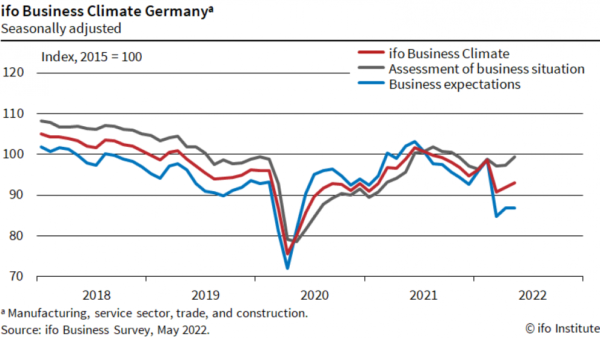
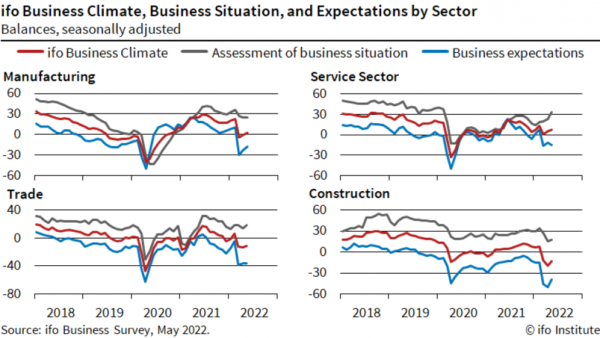
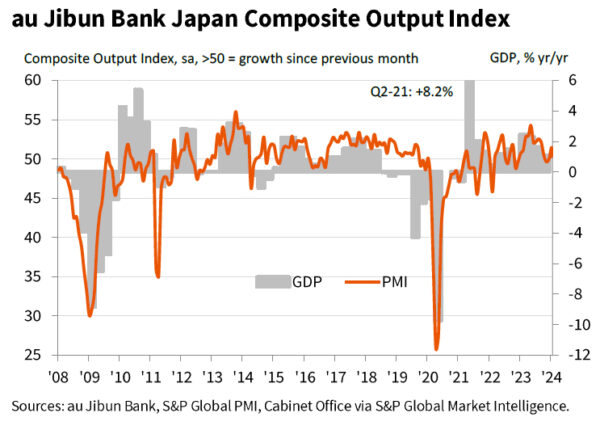
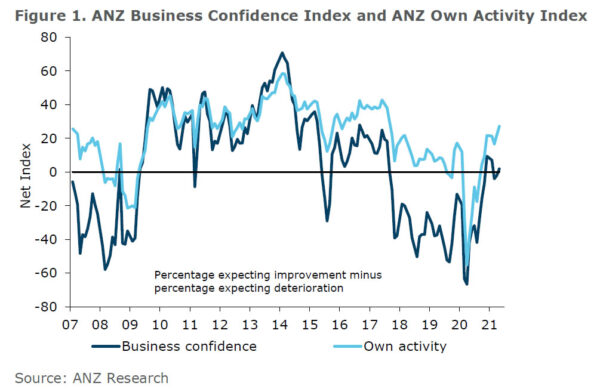
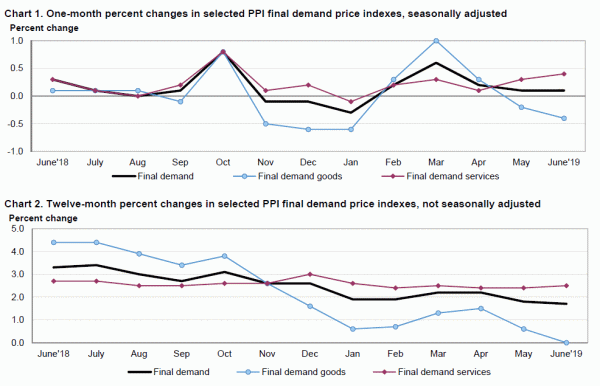
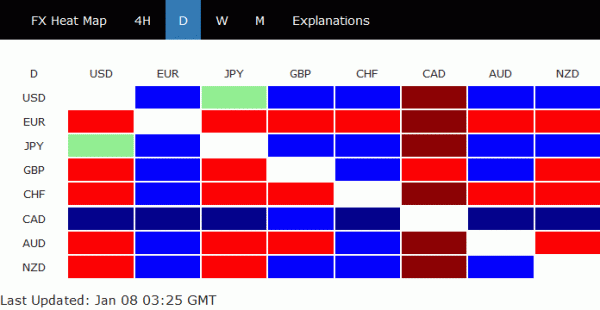
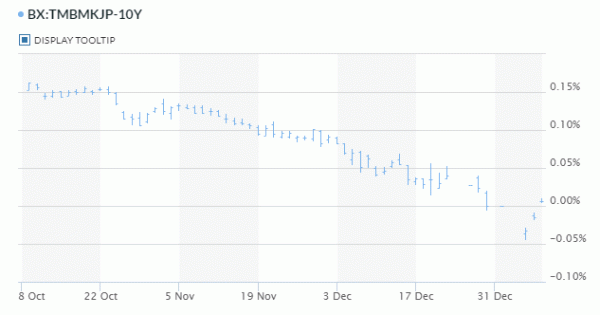
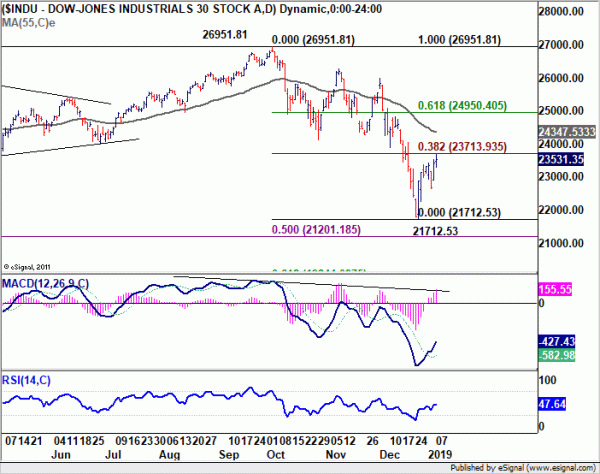
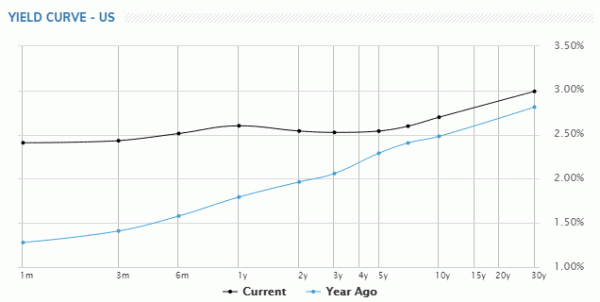
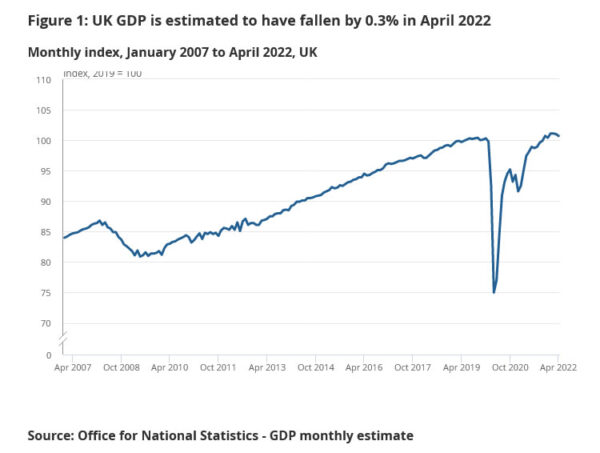

ECB wage growth data: A glimpse of hope but no trigger for immediate rate cuts
ECB released data today indicating a slight decrease in negotiated wage growth to 4.46% in Q4, marking a downturn from the previous quarter’s record high of 4.69%. This development, though modest, is likely to be greeted positively by ECB policymakers, signaling a potential onset of wage growth deceleration anticipated throughout the year.
Despite the reduction, the magnitude of the drop is not substantial enough to prompt ECB to consider an immediate rate cut in March. The data presents a cautious optimism rather than a clear-cut rationale for policy easing. If ECB’s more hawkish members advocate for further evidence of wage growth deceleration, preferring to wait for the next wage data release in May, the likelihood shifts towards a rate cut in June, rather than April, as the more plausible timeline for monetary policy adjustment.
EUR/USD bounces further in European session and the break of 1.0804 resistance argues that a short term bottom was formed at 1.0694, on bullish convergence condition in 4H MACD. Further rebound is now in favor to 55 D EMA (now at 1.0832). Sustained break there will argue that whole fall from 1.1138 has completed and bring stronger rally back to this resistance.